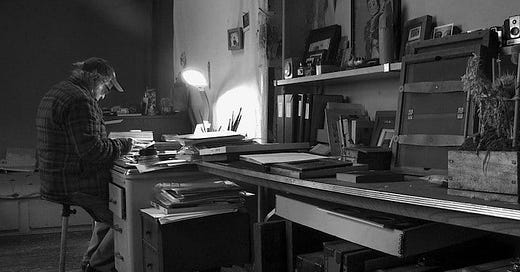Revelatory ‘Robert Frank’ and ‘Hieronymus Bosch’ Continue a Great Year for Art Docs

In an age of renewed interest in nonfiction cinema as art, documentary profiles of artists are caught between two mindsets. On the one hand, many filmmakers understand the need to distinguish their work from the handsome, informative coffee table books that accompany museum exhibitions. They use cinema as a tool to encourage new ways of seeing, rather t…
Keep reading with a 7-day free trial
Subscribe to Nonfics to keep reading this post and get 7 days of free access to the full post archives.



